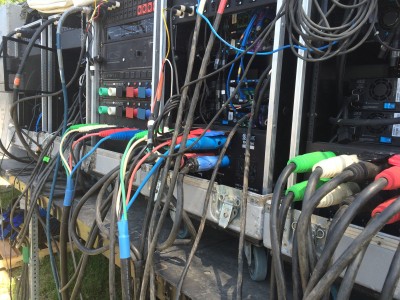Audio Guide
Basic Outline – Full Page Coming Soon:
Other Production Guides: Lighting – LED / Video – Staging – Backline
Quick Jump: Mics – PA Speakers and Amplifiers – Consoles – Examples of PA Sizes
- Audio Basics
- How audio is reproduced – normal spectrum of the human ear (20 to 20).
- Recommended decibel levels
- Typical audio elements at a given event or festival
- Microphones – there are three main types:
 Ribbon – operating on magnetic principle, a thin metal ribbon is suspended in between two poles of a magnet, which then vibrates in response to sound waves. The most fragile type of microphone, these are also used more in the studio, and they often have a fuller and warmer sound than moving coil mics when used close up.
Ribbon – operating on magnetic principle, a thin metal ribbon is suspended in between two poles of a magnet, which then vibrates in response to sound waves. The most fragile type of microphone, these are also used more in the studio, and they often have a fuller and warmer sound than moving coil mics when used close up.
- Examples: Beyer M160 / RCA 77-DX / Royer 121
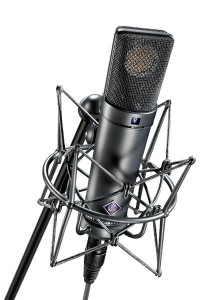 Condenser – operating on a variable capacitance principle, a metal coated piece of plastic vibrates in response to sound waves. The most accurate type of microphone, these are the preferred mics for studio recordings; however, they are not usually ideal for live music as their flat frequency response tend to cause feedback.
Condenser – operating on a variable capacitance principle, a metal coated piece of plastic vibrates in response to sound waves. The most accurate type of microphone, these are the preferred mics for studio recordings; however, they are not usually ideal for live music as their flat frequency response tend to cause feedback.
- Examples: Shure KSM 44, SM 82 / Neumann U87, U89 / AGK 414 / Schoeps CMC 5U
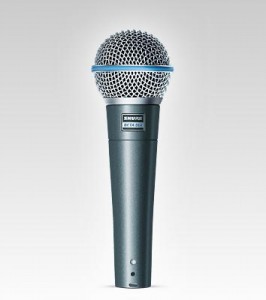 Moving Coil – operating on magnetic principle, a copper coil moves up and down a cylinder suspended around a magnet in response to sound waves. These are the standard for most live music situations, but they are not the best at capturing subtle changes.
Moving Coil – operating on magnetic principle, a copper coil moves up and down a cylinder suspended around a magnet in response to sound waves. These are the standard for most live music situations, but they are not the best at capturing subtle changes.
- Loudspeakers or Mains
- Below is a grid of some of the most popular speaker systems – while most of these are used in medium to large setups, they are all scalable to fit almost any size or budget:
Name Usable Spectrum Horizontal Pattern Coverage (degrees) Peak SPL Offered by: 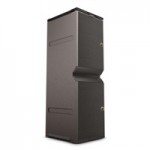
3 way
35Hz to 20kHz 90 147dB 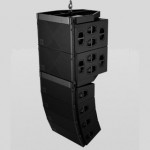
3 way
80 (J8) and 120 (J12) 145dB (J8) and 143dB (J12) Big House Sound 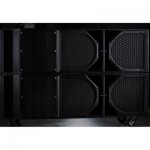
3 way
90 and 120 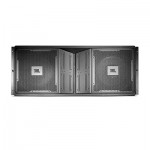
3 way
40Hz – 18kHz 116dB HF Miller Pro Audio 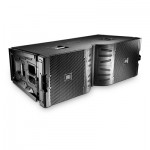
35Hz – 20kHz 90 Miller Pro Audio 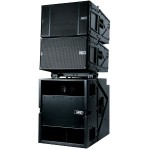
85Hz – 20kHz (mains)
90 145dB Nomad Sound 
55Hz – 16kHz

Adamson E Series 60Hz -18kHz 90 147dB Big House Sound
- Below is a grid of some of the most popular speaker systems – while most of these are used in medium to large setups, they are all scalable to fit almost any size or budget:
- Subwoofers
- Below is a grid of some common subs:
Coming soon
- Below is a grid of some common subs:
- Monitors
- Below is a gird of some common monitors:
Coming soon
- Below is a gird of some common monitors:
- Amplifiers
- Consoles
- Below is a grid of some common audio consoles:
Name Channels Digital / Analog Notes 
Avid Profile 24 Digital 24 input faders / 8 output faders
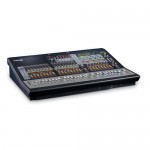
Avid SC48 48 Digital / Analog 48 analog inputs / 16 analog outputs
Spec sheet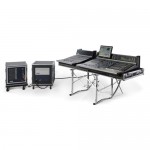
Avid D-Show up to 56 Digital Spec sheet 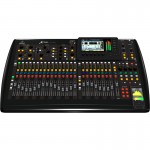
Behringer X32 32 Digital 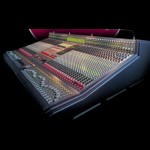
Midas XL4 48 Analog 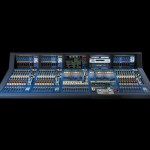
Midas XL8 96 Digital 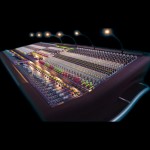
Midas H3000 52 Analog 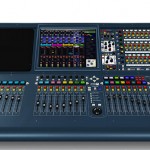
Midas Pro2 64 Digital 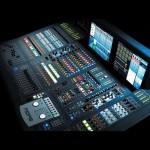
Midas Pro6 80 Digital / Analog 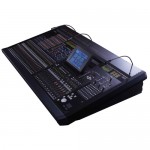
Yamaha PM5D 48 mono + 8 stereo Digital PM5D-RH is also avaialble – see spec sheet for both 
Yamaha M7CL Up to 48 Digital Spec sheet 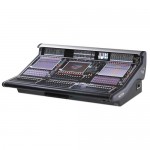
Digico SD7 253 Digital 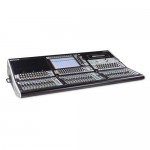
Digico SD8 60 Digital 
Digico SD9 48 Digital
- Below is a grid of some common audio consoles:
- What level of PA should an event or festival have?
- When determining the amount of PA you should have, you need to take into consideration the following factors:
- How long of a throw do you need? In other words, how far back from the stage do you need to comfortably hear the music?
- How many people do you expect to attend and how large of an overall crowd space will there be for the sound to be heard?
- Are you indoors, where the sound will be reflected off the walls, or outdoors where it will freely go out until the sound wave dissipates?
- Small event or festival
- Very small events (crowds under 100 people) that aren’t on a large stage can usually get by with something simple like the below – 2 speakers on a stick, simple mixer, and a couple of monitor wedges. Most audio rental companies will offer a package like this along with a tech, or you can purchase your own for a few hundred dollars.
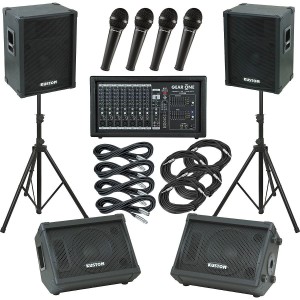
View more about this setup from Amazon Small events (crowds under 500 people) normally will need at least 2 to 4 mains per side and 2 subs to achieve the proper sound coverage
- Very small events (crowds under 100 people) that aren’t on a large stage can usually get by with something simple like the below – 2 speakers on a stick, simple mixer, and a couple of monitor wedges. Most audio rental companies will offer a package like this along with a tech, or you can purchase your own for a few hundred dollars.
- Medium event or festival (crowds between 500 and 5,000 people) will need anywhere from 4-8 mains per side and 4-8 subs.
- Large event or festival (crowds between 5,000 and 20,000 people) will need anywhere from 8-16 mains per side and 8 to 16 subs.
- Very large festivals (crowds in excess of 20,000 people) will likely need additional delay towers to increase the overall throw of the audio to the farthest reaches of the crowd.
- When determining the amount of PA you should have, you need to take into consideration the following factors:
- How to best work with artists to ensure a smooth show from an audio perspective
- Advancing with their FOH / PM
- Making sure everyone knows what they’re getting
- Seeing if they can work with the PA they are given
- How to ensure the audio company has everything they need to put on a great show
- Proper labor
- Parking
- Storage
- Power
- Meals
- Shade
- Credentials
- Schedule
- Stage Plots / Input Lists
- Contacts of the bands PMs/FOH people if necessary
